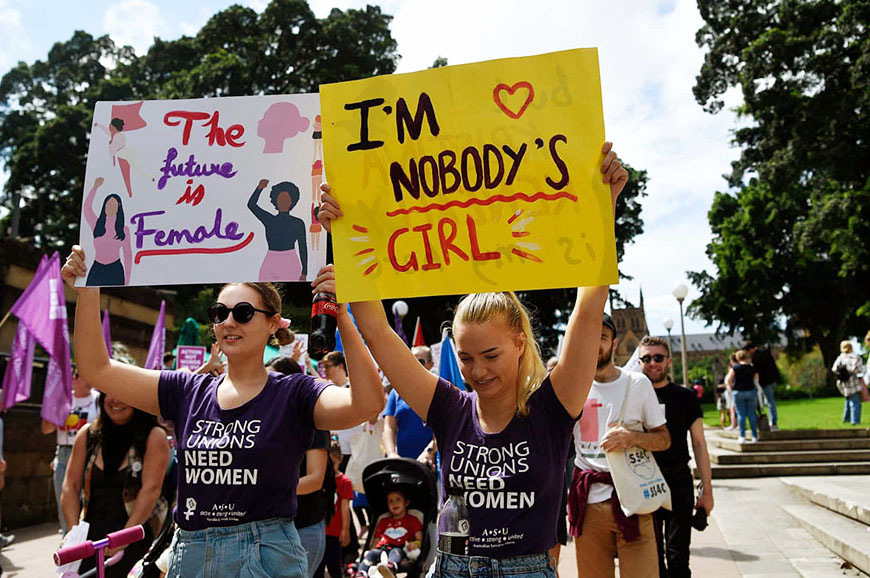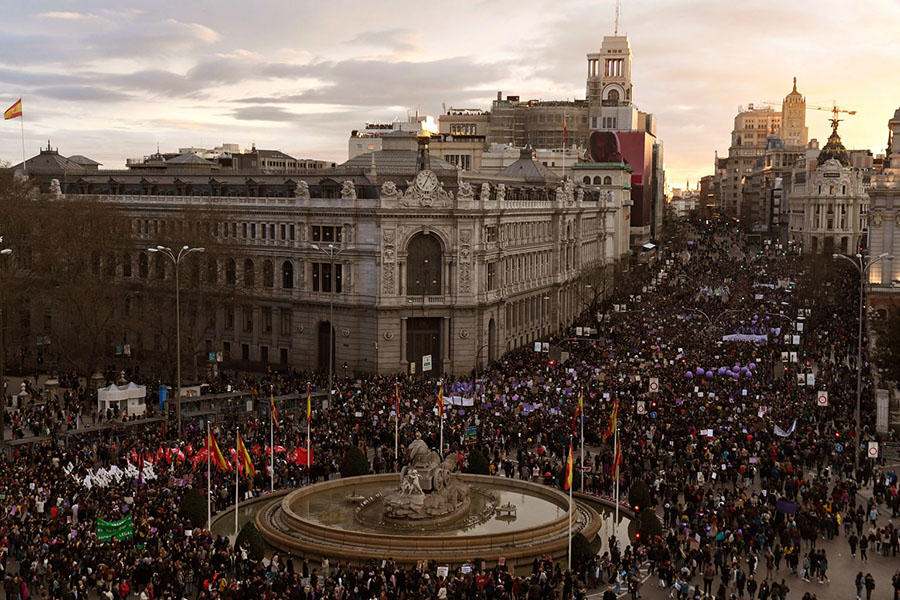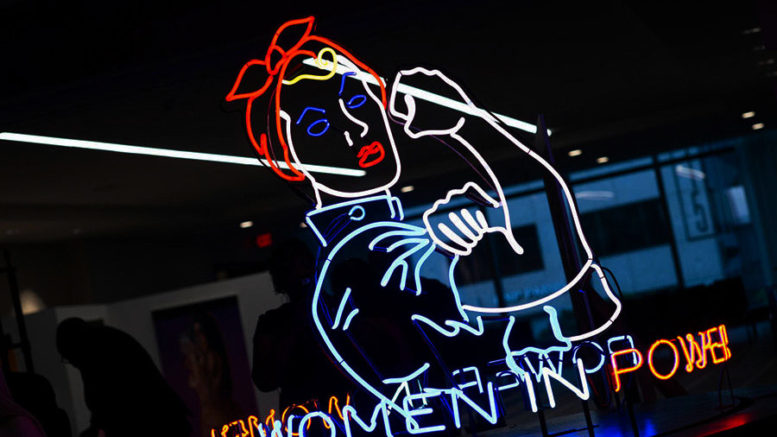The following is the result of some recent discussion, highlighting the positives within the women’s movement and International Women’s Day, without neglecting the reality that there are matters that need attention.
Many women joined in this year’s Australian International Women’s Day marches and other activities championing women’s rights and equality, which culminated on 8 March, the date observed around the world.

In Spain, where the turnouts on 8 March in Madrid and other cities were big, women also went out on a 24-hour strike for equal pay. More than 5 million took part. In Santiago (Chile), women also turned out in big numbers. They directed their attention at President Piñera and the use of military and police violence, which has seen many arrested women systematically raped and, in some cases, disappeared.

Each country saw specific demands related to its own situation, and International Women’s Day took many different forms .
The United Nations theme for this year Generation Equality: Realizing Women’s Rights, linked into its generation equality program, and aimed to challenge stereotypes, fight bias, broaden perceptions, improve situations and celebrate women’s achievements.
International Women’s Day on was first observed in New York in 1908 and spread to other countries after the 2017 Russian revolution,to become a national holiday on 8 March. China adopted it in 1949, and in 1977, it was taken up by the United Nations, and strengthened further, after the Beijing Platform for Action was adopted at the Fourth World Conference on Women of September 1995.
Far more important than the official trappings, is this is a movement that has emerged out of the efforts of women themselves. Women have fought hard to improve their lot over the ages. In doing so, they have built a tremendous movement, which can no longer be ignored or ridiculed.
Despite important gains having been won along the way, most would agree, that progress has been far too slow.
On the other hand, the movement for women’s rights has achieved such breadth, that it spreads across society and all social strata, impacting on all women and men as well. This is a force with tremendous potential.
Inevitably, a movement of this scale attracts all sorts into it. Some of the influences are not exactly positive. They trivialise and limit the potential of the women’s movement; turn into a direction that is not in the interests of most women.

Liberation is not about crashing glass ceilings at the level of the elite. It is about change that allows a fair go to all women, not only some, due to their wealth and class.
A critical matter to tackle, is that the rise of the modern capitalist economy has come together with the commodification of all social relationships, binding them to economic activity and the division of labour, and turning them into commodities to buy and sell. We can see the clearest expression of this in the marketing industry.
The commodification of social relationships extends to personal relationships and sexuality, which takes stereotypes to a new level. These are packaged and marketed for profit, and it corrupts through manufactured illusions paraded across all forms of media. It holds back the liberation of women.

Even International Women’s Day has been turned by some, into a business possibility to cash in on, through sponsorships, imaging and photo opportunities. There is much more to international Women’s Day than this. But the crass threatens to overwhelm it, and turn international Women’s Day into yet another commodity to profit from.
Righting the distorted and harmful relationship between the sexes, means that this commodification must, once and for all, be put to an end.
All social relationships should be about working together for our shared benefit and personal well being. We are stronger and can achieve much more by standing together to achieve a shared vision, than we can by standing apart.
Change requires the personal side. Women must give up the habits that induce them to accept their dependency on men and secondary status, and holding them back from realising their potential. Nor should they cast men as the enemy. The denial of women’s equality is a whole of society problem.
Men have the responsibility to change bad habits bringing harm to women, and to support equality across the board, in society, at work and in the home: Learn to not dominate and help women to rise on the back of their real ability and contribution; and to take part in changing the structures that deny opportunities to women.
But it remains that change at the personal level is limited, without overcoming what is fundamentally wrong with the way the society in which we are all living is organised and run.
Changing this means working towards building a new society, where social relationships are much more in tune with what we need as human beings; where they are no longer merely a source of profit for some; where the overriding criteria is benefit to all, as the best means of providing for individual needs.


Be the first to comment on "International Women’s Day 2020 and moving forward into the future"